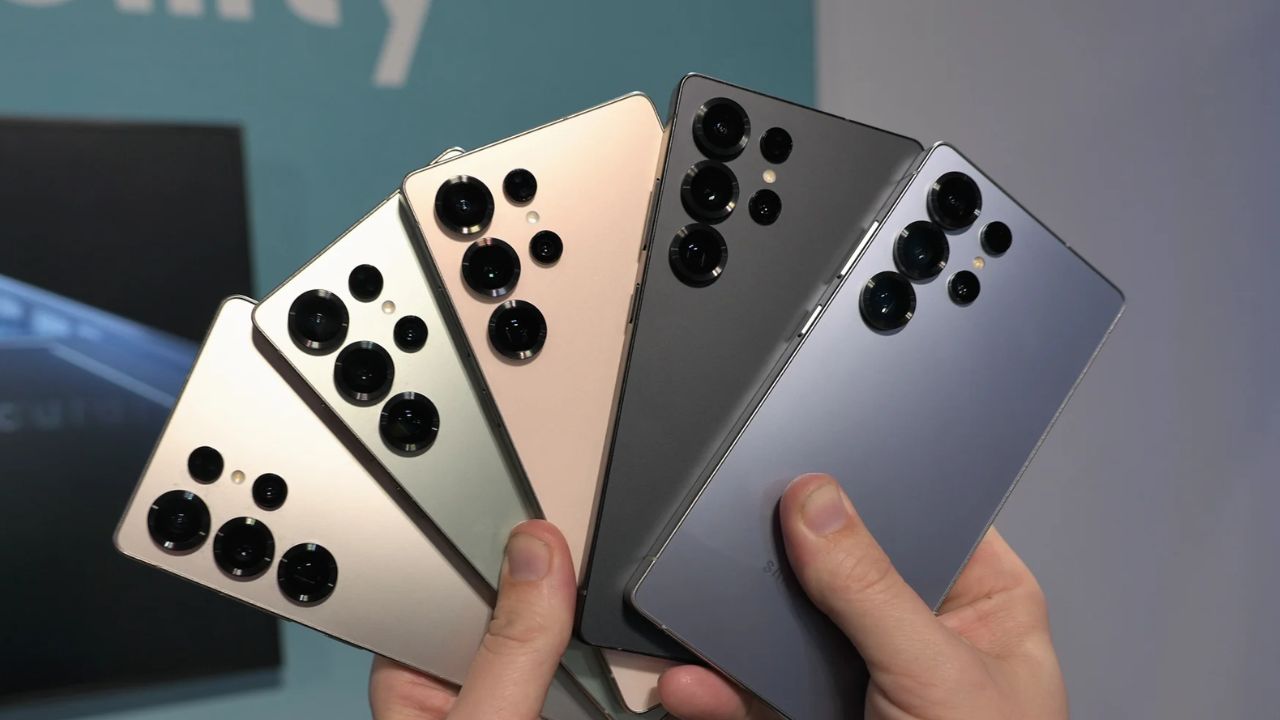Phone manufacturers have been locked in an eternal battle between making devices thinner and giving us batteries that actually last. Well, it looks like someone might have just cracked the code. A mid-range phone with a whopping 10,000 mAh battery and thickness to rival the Samsung Galaxy S25 Ultra will be entering the testing phase early next year.
Before you get too excited, let’s talk about what this really means for your daily phone experience.
What’s the Big Deal About 10,000 mAh?
To put this in perspective, most flagship phones today pack batteries between 4,000-5,000 mAh. The Galaxy S25 Ultra, considered one of the better performers, has a 5,000 mAh battery that provides solid all-day usage. Double that capacity, and you’re looking at potentially two full days of heavy use without reaching for a charger.
But here’s where things get interesting – and complicated.
Silicon vs Traditional: The Battery Technology Battle
This breakthrough comes down to silicon battery technology. While 7,500 mAh batteries are becoming more common, phone manufacturers want to see just how far they can push these new cells. Silicon batteries can pack more energy into the same space, which is how this unnamed manufacturer plans to fit 10,000 mAh into a device as slim as Samsung’s flagship.
However, there’s a catch that every potential buyer should understand.
The Reality Check: What Silicon Batteries Actually Mean
Capacity vs Longevity
Here’s the part that might surprise you: A 10,000 mAh phone that’s slimmer than 8.5 mm sounds excellent, and it is, but it won’t last nearly as long as your iPhone 16, Google Pixel 9, or Samsung Galaxy S25.
This isn’t about daily battery life – it’s about how long the battery remains healthy over years of use. Traditional batteries in iPhones and Samsung phones are designed to maintain their capacity through thousands of charge cycles. Silicon batteries, while offering impressive initial capacity, tend to degrade faster over time.
Think of it this way: you might get incredible battery life for the first year or two, but by year three, that massive battery might not feel so massive anymore.
Who’s Making This Happen?
While the specific manufacturer hasn’t been named, the signs point to a Chinese brand. Recently, the Honor Power debuted with a large 8,000 mAh battery, and the company has already released a new phone with a battery capacity of 8,300 mAh. Chinese manufacturers have been pushing battery boundaries while Western companies focus on other priorities.
The Competition Gap
From a purely numerical perspective, Apple and Samsung have fallen extremely far behind. While Apple and Samsung prioritize other aspects like software longevity, camera quality, and overall user experience, Chinese brands are winning the battery capacity race hands down.
This creates an interesting choice for consumers: do you want the biggest number, or do you want the most reliable long-term experience?
What This Means for Your Next Phone Purchase
If You Upgrade Frequently
If you change phones often, then silicon batteries are definitely a more enticing option. If you’re the type who gets a new phone every year or two, the potential degradation issues won’t affect you much. You’ll enjoy massive battery life without dealing with long-term consequences.
For frequent upgraders, this technology could be a game-changer. Imagine never worrying about your phone dying during long travel days or forgetting to charge overnight.
If You Keep Phones Long-Term
However, if you’re someone who uses phones for three, four, or even five years, traditional battery technology might serve you better. Samsung and Apple design their batteries to work well with their long-term software support strategies.
This approach also complements Samsung’s much longer software support cycle, while most Chinese phone manufacturers rely on people upgrading more often.
The Design Philosophy Debate
Battling the Ultra-Thin Trend
This development comes at an interesting time. Especially if you’re against Apple and Samsung’s recent approach with the Galaxy S25 Edge and the iPhone 17 Air, which sacrifice battery life for aesthetics.
While Apple and Samsung are making phones thinner at the expense of battery life, this unnamed manufacturer is proving you can have both. It’s a direct challenge to the “thin at all costs” mentality that has dominated flagship design.
Real-World Implications
Daily Usage Scenarios
Imagine your typical day with a 10,000 mAh phone:
- Heavy gaming for hours without worry
- All-day navigation during road trips
- Video calls that don’t drain your battery
- Streaming content without constantly checking battery percentage
For many users, this could eliminate “charging anxiety” entirely. You might find yourself charging every other day instead of rushing to find outlets throughout the day.
Travel and Work Benefits
Business travelers and people who spend long days away from outlets would benefit enormously. Construction workers, outdoor enthusiasts, and anyone whose job keeps them mobile could see this as a productivity game-changer.
What to Watch For
Testing and Real-World Performance
Since this phone is entering testing phases early next year, we should see real-world reviews and long-term testing results throughout 2025. Pay attention to:
- Actual battery life in daily use scenarios
- Charging speed (bigger batteries often take longer to charge)
- Heat management during intensive use
- Build quality and overall user experience
Market Response
This development might push established manufacturers to respond. If consumers show strong interest in massive battery capacity, we could see Apple and Samsung reconsider their battery strategies for future devices.
The Bottom Line
This 10,000 mAh development represents more than just a bigger number – it’s a fundamental shift in how we think about smartphone design priorities. While there are trade-offs to consider, particularly around long-term battery health, it proves that the “you can’t have everything” mentality in phone design might be outdated.
Whether this unnamed phone succeeds will depend on execution, pricing, and whether consumers value raw battery capacity over other smartphone features. For many users tired of daily charging routines, this could be exactly what they’ve been waiting for.
The smartphone industry is about to get a lot more interesting.
